Ghana’s total revenue and grants for the first half of 2025 fell 5.5 percent short of the GH¢122.9 billion target, despite recording a strong year-on-year growth of 22.9 percent to reach GH¢116.2 billion.
This is according to the Bank of Ghana’s September 2025 Monetary Policy Report.
The shortfall was broad-based across key tax lines, though some sectors recorded notable gains.
Non-oil tax revenue fell slightly below target by 0.2 percent, while PAYE underperformed by 3.5 percent due to reduced payments from the mining sector following the cedi’s appreciation.
However, corporate tax collections exceeded target by 2.8 percent, buoyed by improved performance in the mining and financial sectors.
On the consumption front, domestic VAT, the GETFund Levy, and NHIL surpassed their respective targets by 2.2 percent, 14.0 percent, and 14.8 percent, reflecting higher consumer spending amid easing prices.
In contrast, import-related taxes suffered shortfalls, as the stronger cedi lowered import values. Import duties missed target by GH¢1.9 billion, representing a 13 percent decline, while the import components of VAT, GETFund, and NHIL fell short by 3.8 percent, 4.6 percent, and 5.2 percent, respectively.
The Communications Service Tax emerged as one of the best performers, exceeding its target by GH¢400 million (66.3%), driven by higher gross revenues and stronger collections from prepaid credit sales by a major telecom operator.
Meanwhile, crude oil receipts underperformed by 42.7 percent, about GH¢4.4 billion below target, largely due to delayed corporate income tax payments and exchange rate effects.
Grants also missed target by GH¢553 million, mainly due to non-disbursement of project grants from some development partners.
Overall, the data highlights that while Ghana’s revenue performance demonstrated resilience and improved buoyancy, sustained efforts in tax compliance, revenue diversification, and efficient collection remain critical to achieving fiscal targets and safeguarding macroeconomic stability.


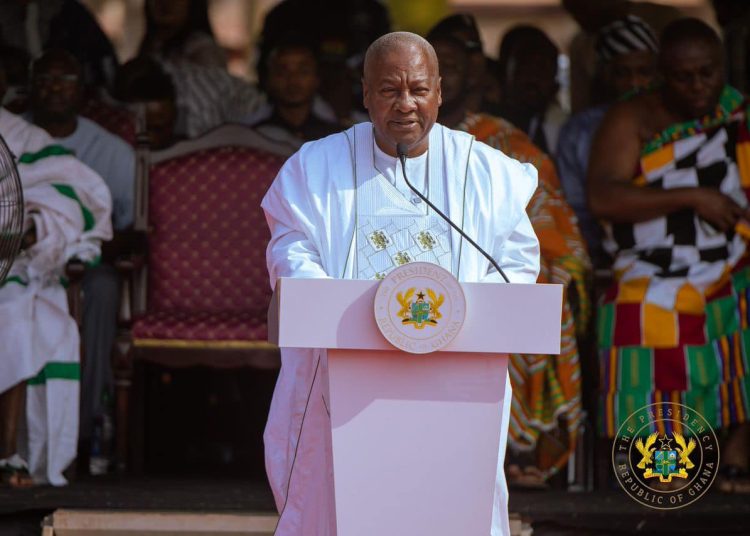
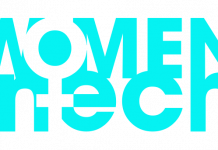








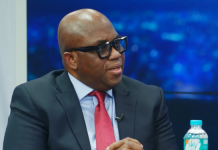


















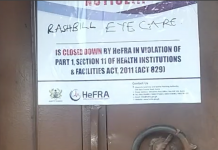
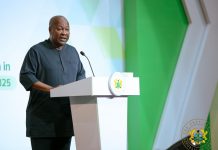




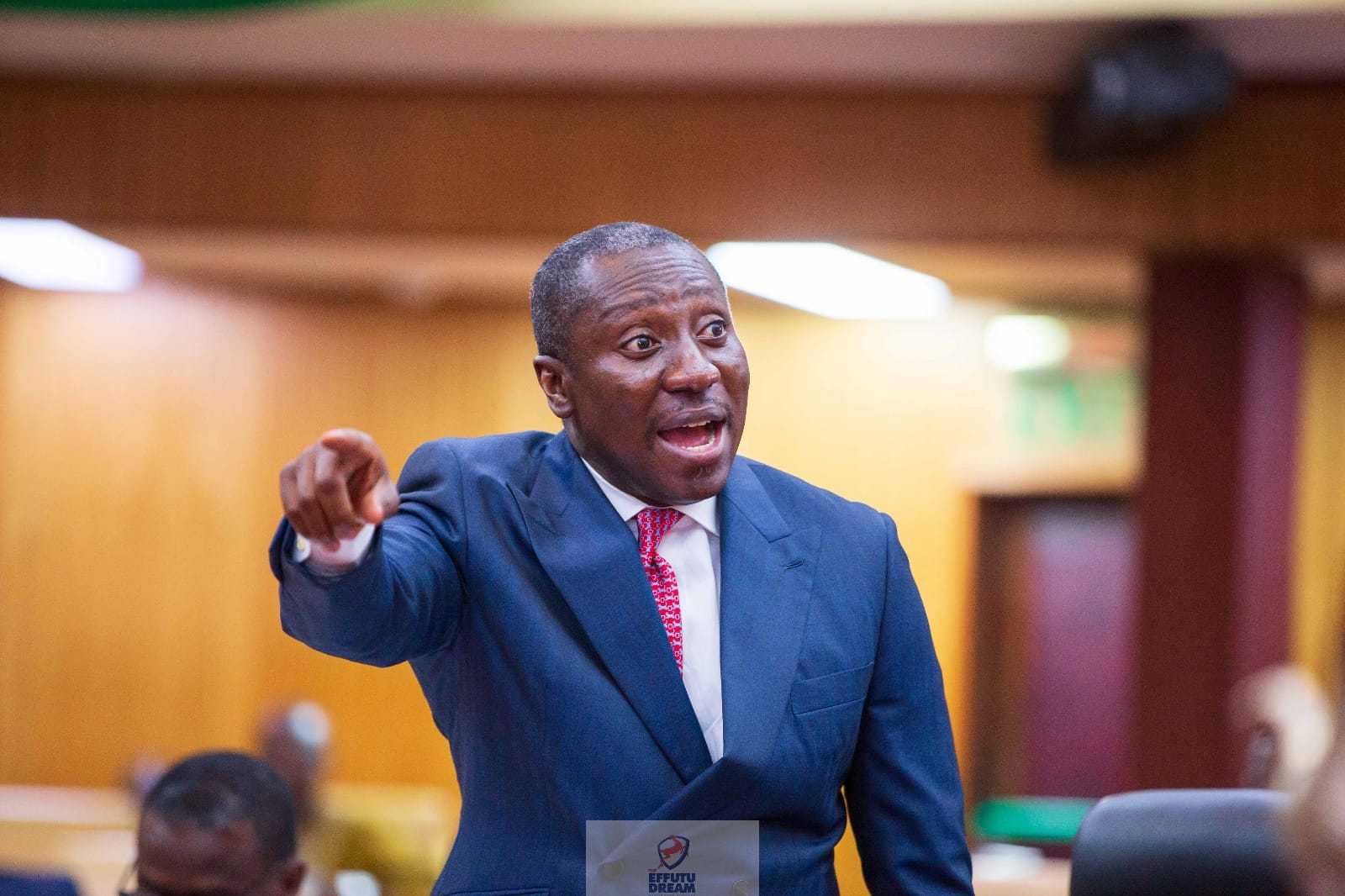

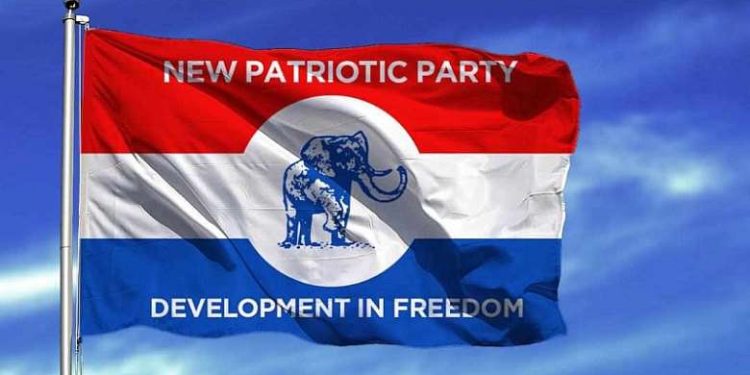

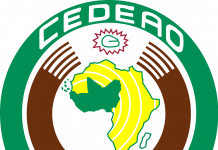
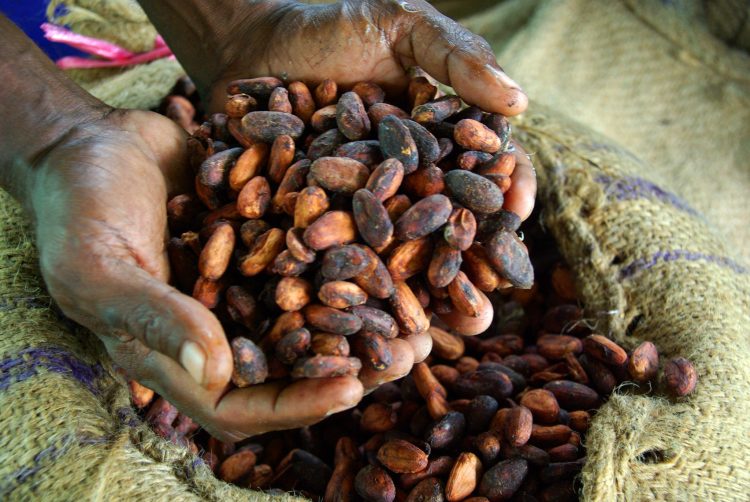












![[FREE FREE MONEY] Predict and Win a Guaranteed GH¢200 From Us EVERY WEEK](https://wordpress.ghanatalksradio.com/wp-content/uploads/2022/02/Predict-and-Win-Final-09-03-2021-218x150.jpg)
![[Predict & Win – 8th/Oct.] WIN A Guaranteed ¢200 From Us This Week](https://wordpress.ghanatalksradio.com/wp-content/uploads/2021/10/maxresdefault-16-218x150.jpg)
![[Predict & Win – 2nd] WIN A Guaranteed ¢200 From Us This Week](https://wordpress.ghanatalksradio.com/wp-content/uploads/2021/09/maxresdefault-50-218x150.jpg)
![[Predict & Win – 25th] WIN A Guaranteed ¢200 From Us This Week](https://wordpress.ghanatalksradio.com/wp-content/uploads/2021/09/maxresdefault-36-218x150.jpg)
![[Predict & Win – 18th] WIN A Guaranteed ¢200 From Us This Week](https://wordpress.ghanatalksradio.com/wp-content/uploads/2021/09/maxresdefault-23-218x150.jpg)







![[National cathedral] See full list of churches that have contributed since 2018](https://wordpress.ghanatalksradio.com/wp-content/uploads/2020/09/Ghana-National-Cathedral-GhanaTalksRadio-100x70.jpg)



